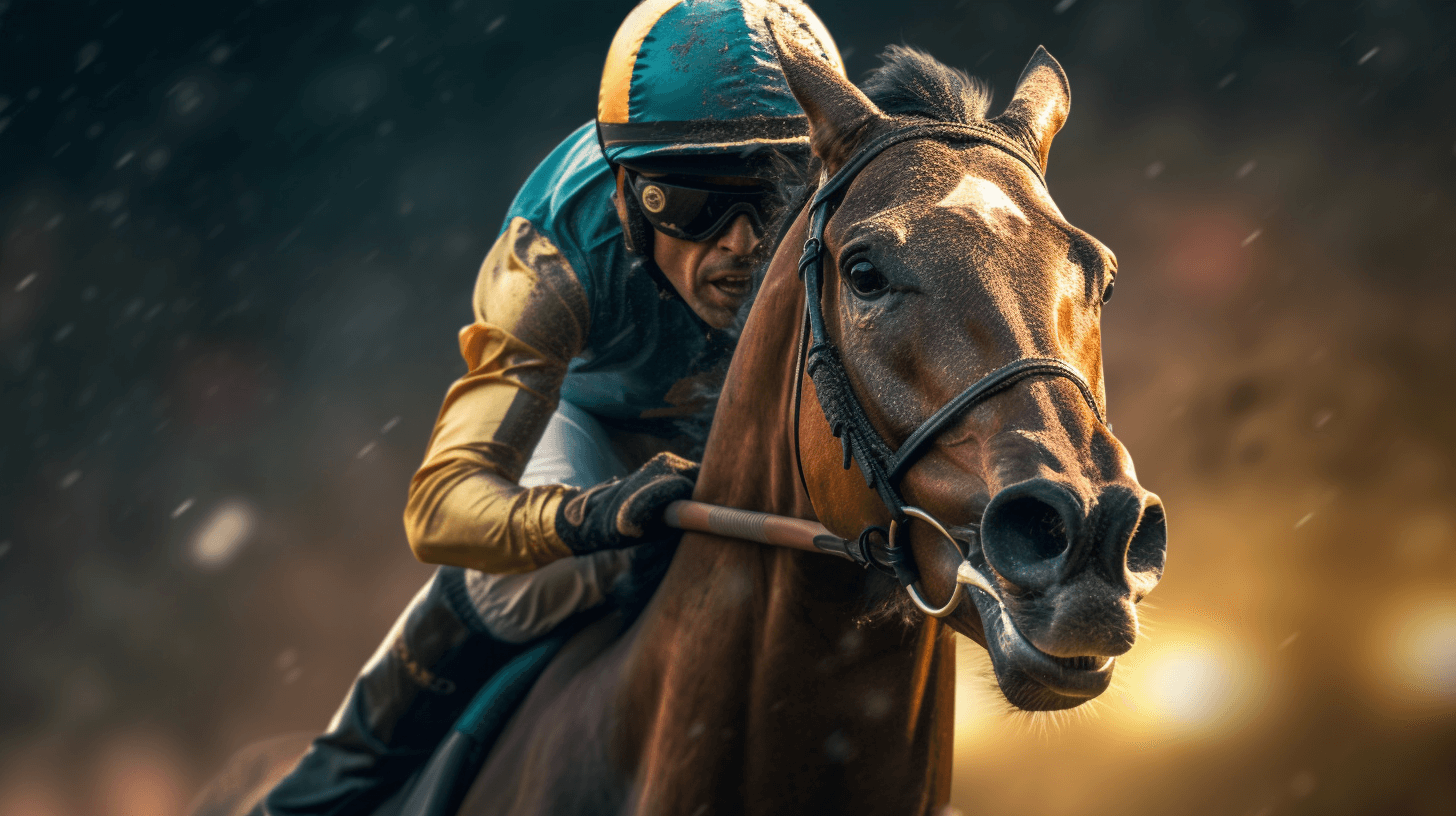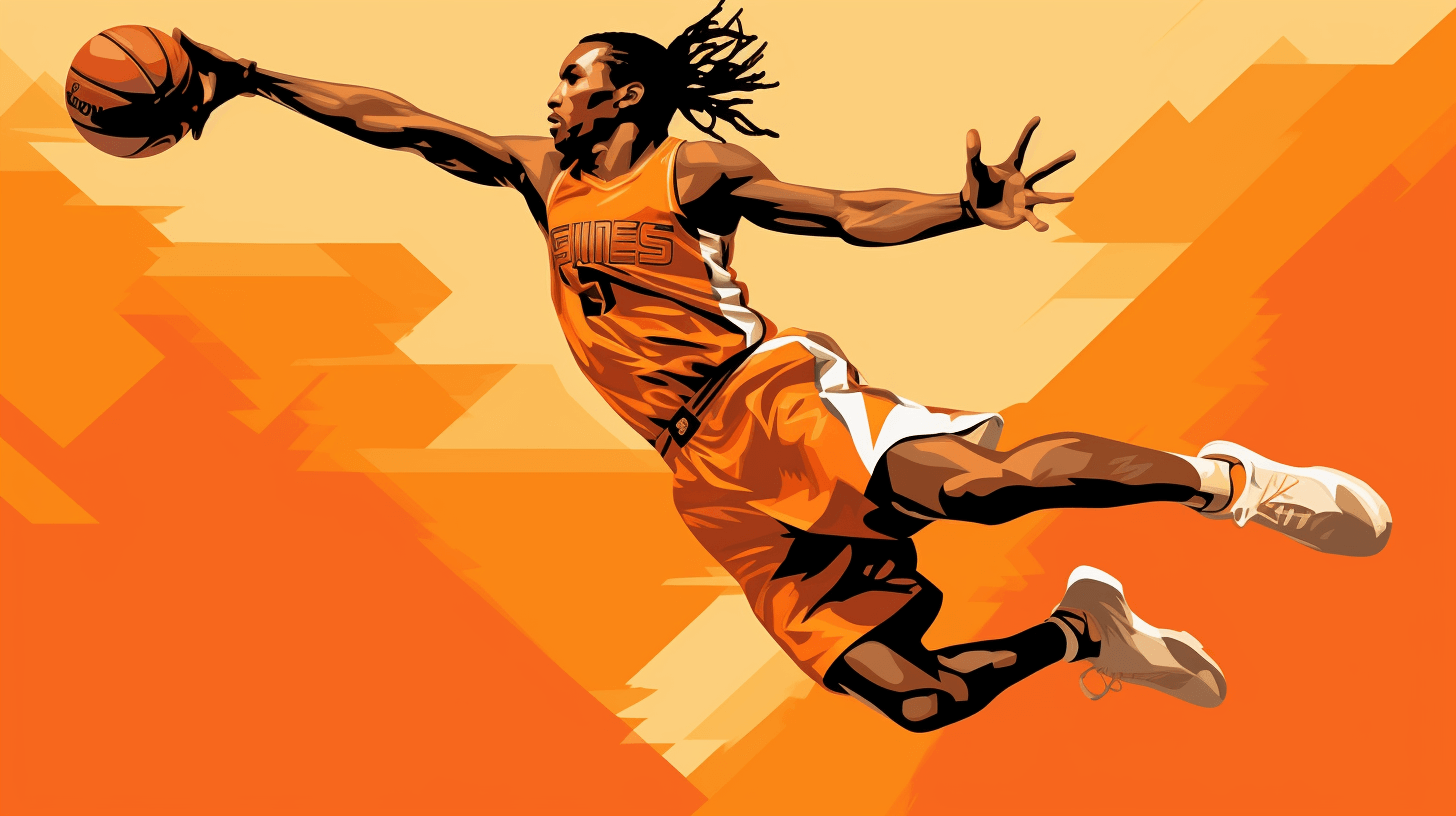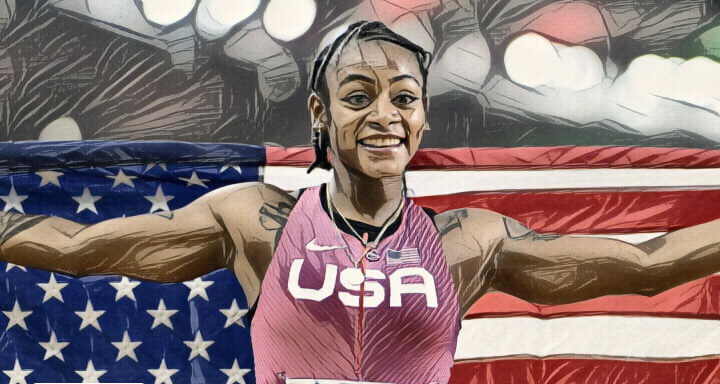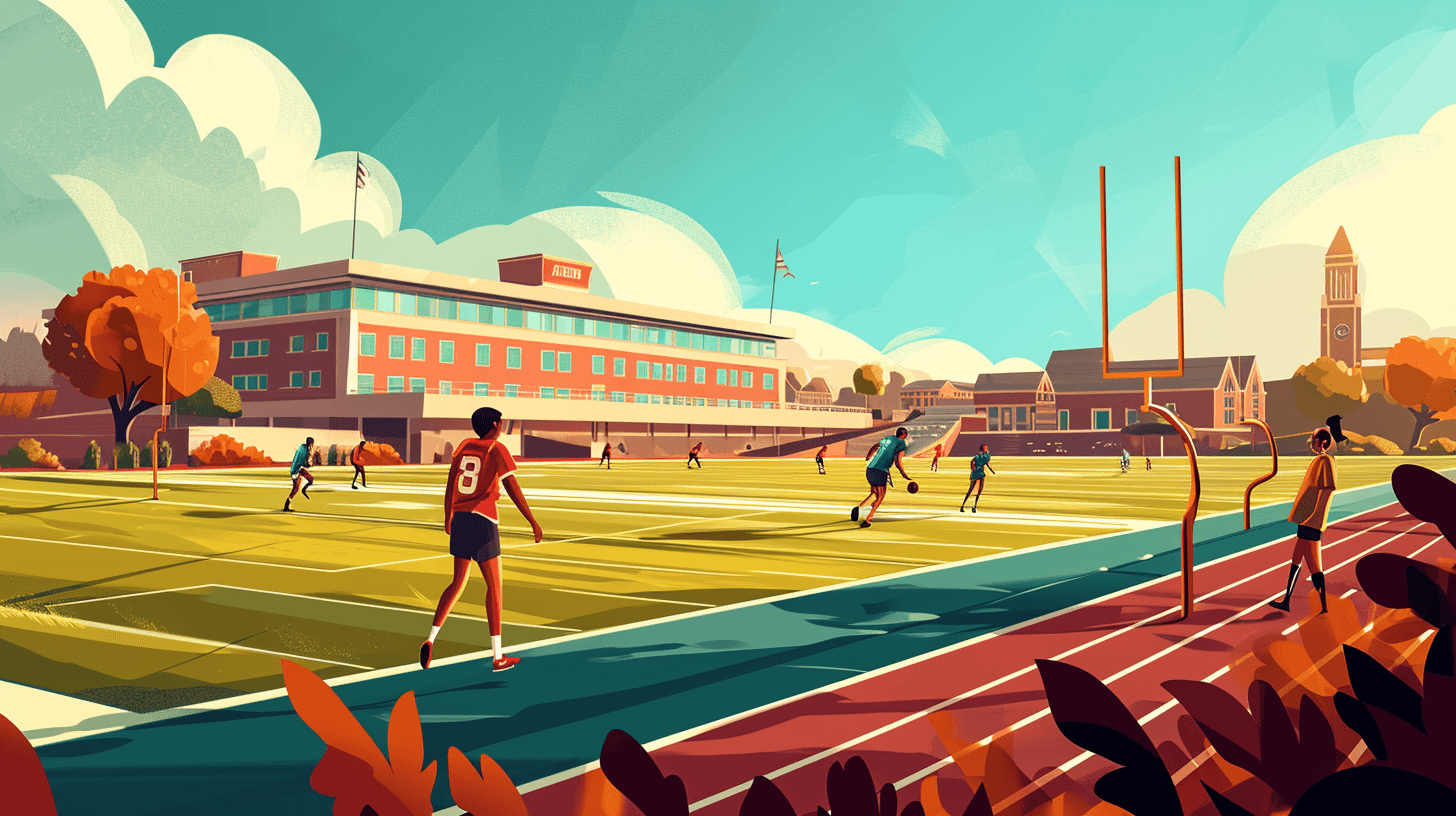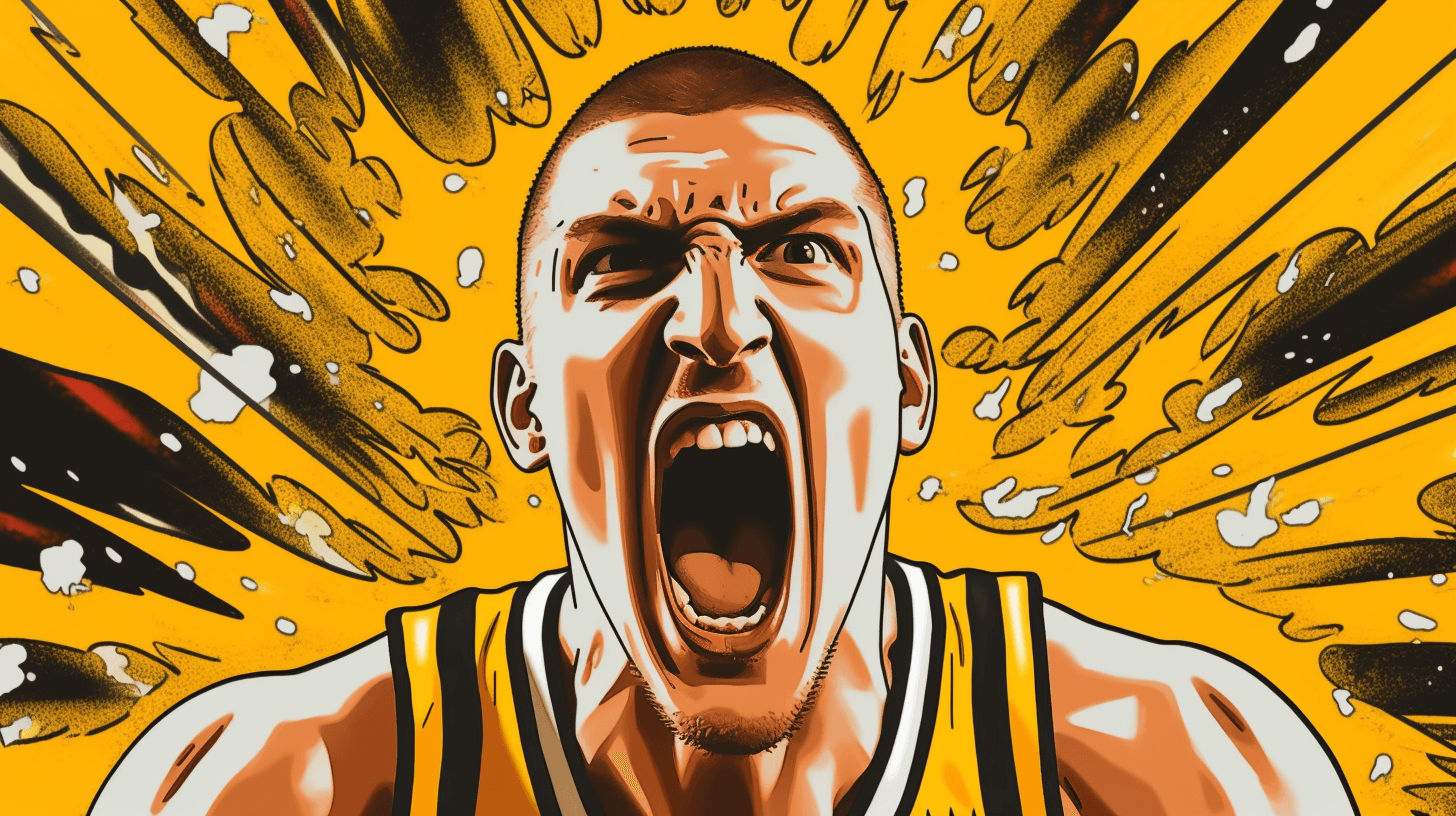🐎💔 Why Dey Euthanize Racehorses Who Break Dey Legs?
Fo’ new fans gettin’ into thoroughbred racing, gettin’ caught up in da beauty of da animals, da thrill of watchin’ dem race, an’ da joy of winnin’ bets can be one excitin’ experience. But da reality of da sport dat be hard fo’ fans—an’ impossible fo’ critics—to accept is dat sometimes horses get hurt, an’ sometimes dey gotta be euthanized, often right on da track.
Jus’ dis month, seven horses wen’ die at Churchill Downs leading up to da Kentucky Derby, wit’ four of dem breakin’ down while racing or trainin’. An’ da victory of National Treasure, trained by Bob Baffert, in da Preakness was shadowed by da collapse an’ euthanasia of anothah Baffert racehorse earlier in da day at Pimlico Race Course. Dem opposin’ horse racing on principle often point to such incidents when makin’ deir case. Even fo’ racing fans, da disheartening reality of breakdowns raises da question: Does sometin’ as simple as a broken leg always have to lead to a horse dyin’? Unfortunately, veterinarians say da answer is often yes. 🏇💔
Horses are different from many animals, even oddah equines. “Dey can run real fast,” said Dr. Scott E. Palmer, da equine medical director of da New York State Gaming Commission. “An’ because dey weigh ’bout 1,100 pounds, da forces actin’ on deir legs is really intense.”
Palmer went on, explainin’: “All deir muscles stay up high. When you go down to da lower part of da leg, you get nothin’ but skin, bones, tendons, blood vessels, an’ nerves. If somethin’ break, da circulation in dat area can easily get compromised by da injury.” 💪💔
As a result, horses stay more prone to breakin’ deir legs. Dey can break ’em while runnin’ on da racetrack, runnin’ in a pasture, or even kickin’ a stall door. Da problem is dat healin’ a broken leg on a horse is extremely difficult.
Horse fractures can also be much more severe than in humans or oddah mammals because of deir weight an’ da fragility of deir legs. Palmer explained dat due to da high-energy impact, a horse’s bone can shatter, makin’ repair much less likely. To fix a broken bone in any animal, da break has to be immobilized. But immobilizin’ a horse poses many challenges. Horses are restless an’ skittish by nature. Thoroughbreds are bred to run, so keepin’ ’em in one place for an extended period can be tough. Horses spend almost all deir time on all four feet, even when sleepin’, so suddenly havin’ three legs supportin’ deir weight can lead to problems.
One major issue dat can arise is laminitis, a painful condition dat affects da tissue between da hoof an’ da bone. Palmer explained, “Da hoof stay connected to da bone by organic fasteners like a Velcro system. If those little hooks get swollen, dey come undone. An’ dat can’t be fixed.” 💔🐎
Da entire treatment process can be excruciatin’ fo’ a horse, who can’t understand what’s happenin’ like a human undergoin’ painful treatment. Fo’ horses, pain is da foremost consideration. Laminitis causes unbearable pain, preventin’ da horse from standin’ on dat leg. So now, da horse has one broken leg an’ can’t stand on da second. Horses can’t simply lie down fo’ extended periods to avoid puttin’ weight on deir legs. Lying down fo’ more than a few hours can cause muscle damage, restricted blood flow, an’ blood poolin’ in da lungs. 😢💔
Any elaborate or unusual process to repair a badly broken bone can cost thousands of dollars. Few horse owners are willin’ to spend dat kind of money on a painful treatment dat may not even work an’ likely won’t get da horse back on da racetrack. Euthanasia becomes da unfortunate choice in most cases. 💔🐎
When Barbaro, da winner of da 2006 Kentucky Derby, broke his leg in da Preakness two weeks latah, his owners Roy an’ Gretchen Jackson decided to try to save him. His injury was severe: his leg bone was shattered into 20 pieces. He underwent five hours of surgery to insert 27 pins an’ a stainless steel plate. Despite da best efforts of da veterinary team, complications arose, includin’ laminitis, an’ Barbaro’s pain increased significantly. Ultimately, da decision was made to euthanize him. 😢💔
Similar stories have unfolded in da past. In 1975, da talented filly Ruffian underwent 12 hours of surgery aftah sufferin’ a severe break. However, when she woke up, she began thrashin’ around in her stall, sustainin’ anothah break, an’ da decision was made to euthanize her. These cases demonstrate da challenges of treatin’ broken legs in horses an’ da limitations of current medical techniques. 😢💔🐎
While advancements have been made in horse treatment, includin’ bettah antibiotics, aluminum splints, an’ a deeper understandin’ of laminitis, da real progress lies in prevention. Given da unique anatomy of horses, focusin’ on preventin’ injuries may hold da key to improvemnet. In response to a series of horse deaths at Aqueduct in 2011 and 2012, Palmer an’ oddah experts made recommendations to improve racetrack conditions, change claimin’ an’ purse rules, an’ enhance drug regulation. These efforts have helped reduce da number of racin’ fatalities. Palmer is hopeful ’bout usin’ Fitbit-like devices, biometric sensors dat can detect gaits dat might lead to injury before it happens. Initial trials at Saratoga Race Course have shown promise. Nonetheless, da challenge of carin’ fo’ horses will always remain. Da difficulties of performin’ surgery on horses an’ enablin’ ’em to stand on deir legs immediately aftahward present enormous challenges. 🏇💔💪
As fans of da sport, it is important to acknolwedge da realities of horse racin’, includin’ da unfortunate outcomes dat can result from injuries. Efforts to prevent injuries an’ improve treatment techniques will continue, but da difficult decisions associated with euthanasia will likely persist. Understanding these complexities can help foster a greater appreciation fo’ da beauty an’ athleticism of thoroughbred horses while also promptin’ further discussions ’bout da ethics of da sport. 💔🏇
NOW IN ENGLISH
🐎💔 Why Are Racehorses Euthanized When They Break Their Legs?
For those new to the world of thoroughbred racing, there’s much to admire: the grace and beauty of the horses, the excitement of watching them in motion, and the thrill of winning bets. However, there’s a harsh reality in the sport that can be difficult for fans—and even harder for critics—to accept: sometimes horses get injured, and in many cases, they are euthanized, often right there on the racetrack.
Recently, there have been instances of tragedy in the racing world. At Churchill Downs, leading up to the Kentucky Derby, seven horses lost their lives, with four of them breaking down during races or training. Additionally, Bob Baffert’s racehorse suffered a collapse and was euthanized at Pimlico Race Course on the same day that National Treasure claimed victory in the Preakness. Critics of horse racing often use these incidents to bolster their arguments against the sport. Even for dedicated racing fans, witnessing these breakdowns raises an unsettling question: Must a seemingly simple injury like a broken leg always result in a horse’s death? Unfortunately, according to veterinarians, the answer is often yes. 🏇💔
Horses are unique creatures, different even from other equines. “They can run incredibly fast,” explains Dr. Scott E. Palmer, the equine medical director of the New York State Gaming Commission. “And because they weigh around 1,100 pounds, the forces exerted on their legs are immensely powerful.”
Dr. Palmer goes on to say, “Their muscles are concentrated in the upper parts of their bodies. When you go down to the lower part of the leg, you’re left with skin, bones, tendons, blood vessels, and nerves. If something breaks, the circulation in that area can be easily compromised due to the injury.” 💪💔
As a result, horses are particularly susceptible to leg fractures. Whether it happens on the racetrack, in a pasture, or even from kicking a stall door, horses breaking their legs is a common occurrence. The challenge lies in the fact that healing a broken leg in a horse is extremely difficult.
Horse fractures can be far more severe than those experienced by humans or other mammals due to their weight and the fragility of their legs. Dr. Palmer explains that the high-energy impact of a horse’s stride can cause the bone to shatter, rather than simply crack, making repair far less likely. Treating a broken bone in any animal requires immobilization, but immobilizing a horse presents its own set of challenges. Horses are naturally restless and skittish, and thoroughbreds, in particular, are bred for speed. Keeping them in one place for an extended period of time is no easy task.
Horses also spend the majority of their time on all four legs, even when they sleep. Suddenly requiring only three legs to support their weight can lead to a host of problems. One such complication is laminitis, a painful condition that affects the tissue between the hoof and the bone. Dr. Palmer describes how the hoof is attached to the bone through a system of organic fasteners, similar to Velcro. If these tiny hooks become swollen, they disengage, resulting in an irreparable situation. 💔🐎
The entire treatment process can be excruciating for a horse, which is unable to comprehend what is happening in the same way a human undergoing painful treatment might. As Dr. Palmer emphasizes, the horse’s well-being and pain level are the primary concerns. Pain caused by laminitis is unimaginable, rendering the horse unable to bear weight on the affected leg. And since horses cannot simply lie down for extended periods to alleviate the pressure on their legs, doing so would cause muscle damage, restricted blood flow, and blood pooling in their lungs. 😢💔
Attempting to repair a severely broken bone through elaborate or unconventional methods can be extremely costly. Additionally, few horse owners are willing to invest significant amounts of money in a painful treatment process that may not be successful or allow the horse to return to the racetrack. Unfortunately, euthanasia becomes the most common choice in such cases.
There have been remarkable stories of owners and veterinarians going to great lengths to save injured horses. For instance, in 2006, after Barbaro broke his leg during the Preakness Stakes, his owners Roy and Gretchen Jackson decided to attempt a complex surgery to save him. Despite the dedicated efforts of the veterinary team, Barbaro faced numerous complications, including laminitis, and his condition deteriorated. Ultimately, the decision was made to euthanize him. Such cases highlight the challenges and limitations of treating broken legs in horses. 😢💔
Tragic stories like Barbaro’s are not unique. In 1975, the renowned filly Ruffian underwent 12 hours of surgery following a severe fracture. However, upon waking up from the procedure, she thrashed around in her stall, leading to another break and the need for euthanasia. These instances shed light on the difficulties involved in treating broken legs in horses and the inherent limitations of current medical techniques. 😢💔🐎
While progress has been made in horse treatment, such as advancements in antibiotics, the use of aluminum splints, and a better understanding of laminitis, the most significant strides have come in the field of prevention. Given the unique anatomy of horses, focusing on preventing injuries holds the most promise for improvement. Following a series of horse fatalities at Aqueduct in 2011 and 2012, Palmer and other experts made recommendations to enhance racetrack conditions, revise claiming and purse rules, and strengthen drug regulations. These efforts have resulted in a decrease in racing-related deaths. Palmer is optimistic about the potential of using Fitbit-like devices—biometric sensors that can identify gaits that may lead to injuries before they occur. Preliminary trials at Saratoga Race Course have shown promise. However, the challenges associated with caring for horses will likely persist. As Palmer notes, the difficulty lies in reconstructing a broken leg using screws and plates while ensuring the horse can bear weight on it immediately after surgery. It is an enormous challenge. 🏇💔💪
As fans of the sport, it’s crucial to acknowledge the realities of horse racing, including the unfortunate outcomes that can result from injuries. While efforts to prevent injuries and improve treatment techniques will continue, the difficult decisions associated with euthanasia are likely to persist. Understanding the complexities surrounding these issues can foster a greater appreciation for the beauty and athleticism of thoroughbred horses while also prompting further discussions about the ethics of the sport. 💔🏇

